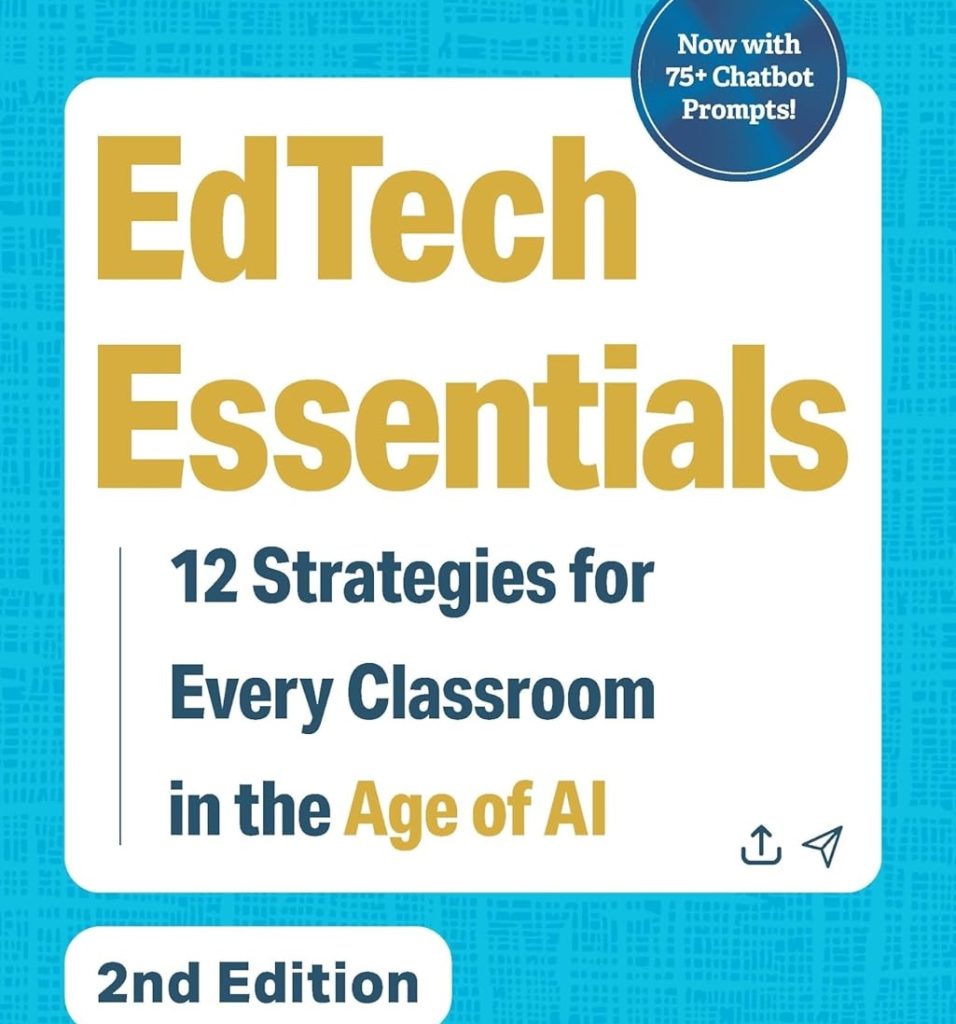
Ok: you’ve taught your students a particular topic, and you’ve provided them with lots of ways to review and practice for the upcoming test. But, will they do so?
How can you ensure that they prepare most effectively?
Patricia Chen’s research team studied a surprisingly simple answer to this question. You might help your students study by asking them to think about the approaches that they will use–and, to make specific plans.
Chen & Co. asked students to follow a four step process:
Step 1: students wrote about the kind of questions they expected on the test.
Step 2: they then chose the resources they wanted to use to prepare for those questions. The checklist from which they chose included 15 options, such as “go over practice exam questions,” “go to professor’s office hours,” and “work with a peer study group.”
Step 3: they wrote why and how they thought each of the resources they selected might be helpful.
Step 4: they made specific and realistic plans about where and when they would use those resources.
Compared to a control group–who were simply reminded that they should study for the upcoming exam–students in this group averaged 1/3 of a letter grade higher.
For example, students in the control group had an average class grade of 79.23. Those who went through these 4 steps had an average grade of 83.44.
That’s a lot of extra learning from asking four basic questions.
What Should We Do?
Chen’s research team worked with college students studying statistics. Do their conclusions apply to–say–5th graders studying history? Or, 10th graders learning chemistry?
As is so often the case, individual teachers will make this judgment call on their own. Now that you’ve got a good study suggesting that this method might work, you can think over your own teaching world–your students, your curriculum, your approach to teaching–and see if this technique fits.
In case you decide to do so, I will offer three additional suggestions.
First: check out Gollwizer’s work on “implementation intentions.” His idea overlaps with Chen’s work, and would pair with it nicely.
Second: I’m a little concerned that Chen’s list of proposed study strategies included two options we know don’t help–reviewing notes and rereading the text. (If my skepticism about those two methods surprises you, check out Ian Kelleher’s post here.) Your list of study strategies should NOT include those suggestions.
Third: as always, keep working memory limitations in mind. The kind of meta-cognition that Chen outlines can clearly benefit students, but it also might overwhelm their ability to keep many ideas in mind at the same time.
However, if we can prevent working memory overload, this strategy just might help bridge the gap between “I taught it” and “they learned it.” As is so often the case, a key plank in that bridge is: asking students to think just a little bit more..






